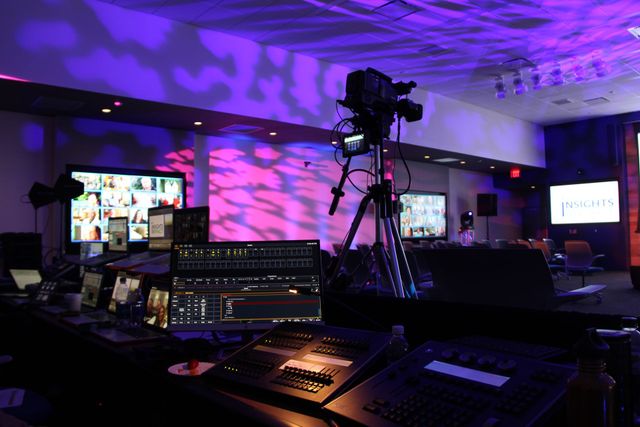Crucial Tactics for Maximizing the Durability of Your Light Emitting Diode Wall
Wiki Article
LED walls are growing progressively popular for multiple applications, from advertising to leisure. To guarantee that these screens function effectively over the years, it is crucial to adopt tactics that extend their lifespan. Understanding the factors that affect the longevity of Light Emitting Diode screens can help users maintain their performance and avoid unneeded replacements.
One of the main elements that can extend the durability of an Light Emitting Diode wall is proper setup. It is vital to have a professional crew handle the setup process to ensure all components are correctly attached. Inadequate installation can lead to electrical issues or physical damage. Additionally, the placement of the Light Emitting Diode screen should consider surrounding conditions such as sunlight exposure and moisture levels. A well-installed screen in a proper location will minimize the risk of damage caused by outside factors.

Routine maintenance is another crucial strategy to extend the lifespan of an LED wall. This includes regular checks to check for any signs of deterioration or failure. Dirt and dirt can build up on the top of the Light Emitting Diode panels, affecting brightness and hue quality. Wiping the screens with appropriate materials will assist keep ideal visibility. It is also essential to check the electronics behind the display, making sure that all links are tight and that there are no click overheating issues, which can significantly shorten the durability of the parts.
Electrical management plays a vital role in enhancing the longevity of an Light Emitting Diode screen. Excess voltage or fluctuating power supply can damage the internal circuitry. To avoid this, using a reliable electric supply and putting in place surge protection measures is advisable. Additionally, setting the display to function at reduced luminosity levels when high brightness is not necessary can reduce wear on the LEDs. This not only prolongs the durability of the screen but also saves power, making it a economical option.
In addition, software management can affect the performance of LED walls. Regularly updating the software that controls the screen guarantees that it operates smoothly and includes any essential safety patches. Old program can result in functionality issues and may put the setup to vulnerabilities. Proper scheduling of content can also help in managing the workload of the display, allowing it to rest during non-peak hours, which can contribute to a longer lifespan.
In conclusion, maximizing the durability of an Light Emitting Diode wall involves a mix of appropriate installation, routine upkeep, effective electric management, and diligent program management. By focusing on these essential tactics, users can ensure that their Light Emitting Diode screens remain operational and aesthetically appealing for numerous years. Taking preventive steps will not only enhance the functionality of the LED screen but also offer a better yield on investment over time.